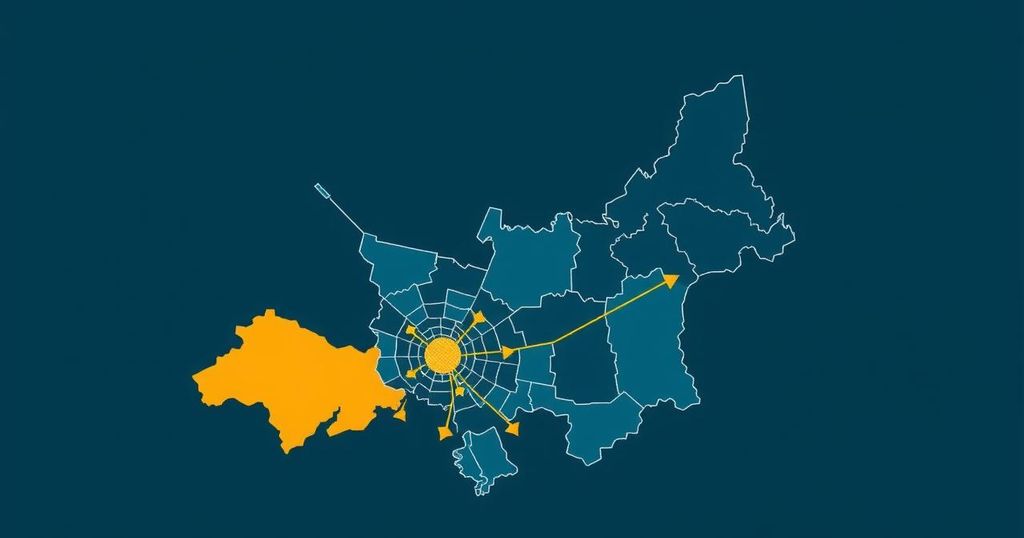Innovative Cash Relief Program Launched for Hurricane-Affected Households in the Southeast
GiveDirectly is initiating a direct cash relief program for nearly 1,000 households affected by Hurricanes Helene and Milton in North Carolina and Florida. The program utilizes artificial intelligence to target impoverished areas and streamline the enrollment process through a smartphone app, allowing recipients to receive $1,000 without complex applications. This approach aims to provide immediate financial assistance tailored to individual needs, moving away from traditional in-kind donation models, while acknowledging limitations in outreach to the most vulnerable populations.
In an innovative approach to disaster relief, GiveDirectly, a nonprofit organization, is set to provide nearly 1,000 hurricane-affected households in North Carolina and Florida with $1,000 cash payments. This initiative leverages artificial intelligence to identify communities grappling with poverty and significant storm damage caused by Hurricanes Helene and Milton. The organization will facilitate the enrollment of eligible households through a smartphone app, allowing for a streamlined service that empowers recipients to determine their immediate needs without the extensive application process typically associated with disaster aid. Laura Keen, a senior program manager at GiveDirectly, emphasized that this method aims to deliver assistance in a “streamlined and dignified manner.” The initiative contrasts with traditional relief efforts which rely heavily on in-kind donations, such as clothing and food, which may not fulfill pressing household needs like lodging or childcare during emergencies. Cash relief is seen as a more flexible and effective solution that allows individuals to prioritize their unique circumstances.
The concept of direct cash payments in disaster relief is not commonly practiced within philanthropy in the United States. GiveDirectly has previously piloted such a program following past disasters, including Hurricane Harvey in Texas and Hurricane Maria in Puerto Rico. These initiatives aimed to offer timely financial support but faced logistical challenges associated with in-person enrollment and activation of funds using debit cards. Advancements in technology facilitated a shift towards remote enrollment, reducing processing time significantly. Google-assisted tools allow the organization to analyze disaster impacts rapidly and accurately, narrowing the focus on severely affected areas based on visible damage and existing poverty metrics. However, this model also raises concerns regarding accessibility, as some vulnerable populations, such as undocumented residents and those lacking smartphones, may be excluded from receiving assistance.
The launch of GiveDirectly’s cash assistance initiative marks a significant step in rethinking disaster relief methods. By using innovative technology and promoting direct access to funds, the organization hopes to mitigate financial strains on impacted households. While there are acknowledged limitations in reaching all those in need, the overall approach serves as a potential model for future disaster aid practices. The emphasis on cash payments not only aligns with improving efficiency but also addresses the diverse necessities of individuals post-disaster. Continued evaluation and adaptation of these practices could pave the way for more effective humanitarian responses in the wake of future crises.
Original Source: spectrumlocalnews.com




Post Comment